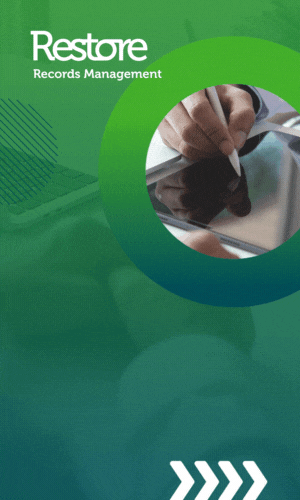Mayank Patel, Director and Superintendent Pharmacist, Pearl Chemist Group covers how new technology has helped to automate the dispensing process.
“Community pharmacy is under tremendous pressure to deliver a safe and effective service to patients in the face of funding cuts. Last year, it was estimated that more than 7,218 prescriptions were dispensed per community pharmacy. These prescriptions have become more complex as the UK population ages.
To cope with the increasing pressures, at Pearl Chemist Group we decided to implement the Omnicell VBM 200F within our Tooting pharmacy. The goals of implementation were to:
- Consolidate the filling of medication adherence packs into one pharmacy instead of 13
- Free up pharmacy staff time across all branches so they could spend more time supporting patients on initiatives like medicine usage review
- Speed up the checking process for the packs
- Improve patient safety and remove the risk of human error
Pearl Chemist Group consists of 13 independent pharmacies serving South London. We provide medication adherence pill packs to patients with complex medication regimes to help ensure that patients take the right dose of the right drug at the right time. Previously the packs were filled manually in each pharmacy, however since the introduction of the VBM 200F the majority of packs are now being filled centrally at our Tooting branch.
The machine is currently filling all packs for 10 out of our 13 branches and will begin filling for the remaining three over the next few months. The VBM 200F receives the electronic medication administration records from the branch then fills and accurately checks the packs at a rate of 30 to 40 packs per hour. The staff time that has been saved due to the machine has been our biggest benefit to date. Previously, it would take the pharmacist up to 10 minutes to check medication adherence packs, now it takes a matter of seconds thanks to the vision checking and RFID technology used by the machine.
Staff in our 10 branches no longer have to spend hours deblistering medication and then filling and checking medication adherence packs and as a result they are free to spend more time delivering face-to-face patient care. Our branches now receive filled and pre-checked packs that have been produced by the VBM ready to dispense to patients. The machine acts as a valuable safety net for staff as they no longer have to fill the packs manually. It also means that pharmacy staff can focus on other revenue streams such as group directives and medicine usage reviews. At a time where there is more pressure on pharmacies to deliver more for less, this is essential.
The automated filling system uses smart medication trays which are equipped with barcoding and RFID technology that makes sure each pack is audited throughout the entire packing process. While one pack is being filled by the system, a second pack is staged ready to be filled, improving efficiency, reducing operating expenses and freeing up staff time. Each drug specific cassette contains an RFID chip for identification. The machine uses unparalleled vision-checking technology to identify and validate medication being packed based on size, shape, colour and imprint. It takes corrective action in the event of an error, significantly reducing the risk of human error and improving patient safety. The VBM can also visually check medication that is manually added to the packs.
In our latest GPhC inspection we received a ‘good’ rating which is the best rating we have ever received, previously we have only had ‘satisfactory’. The inspectors were particularly impressed with new processes we have put in place, the VBM-200F and the audit trail it provided. We are very proud to have received this rating and are really happy that the work the machine does to save our staff time has been recognised by the pharmacy regulator.
Ultimately, the machine has allowed us to free up both our pharmacists and pharmacy technician’s availability so that they can spend more time at the counter and in the consulting room helping patients. It has enabled us to provide the best possible care for our patients, which is incredibly rewarding.”





